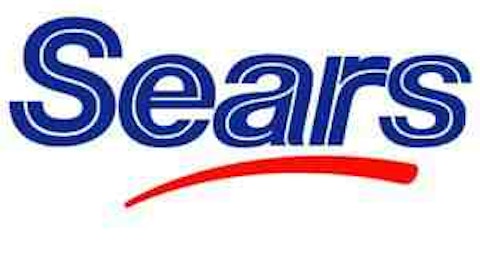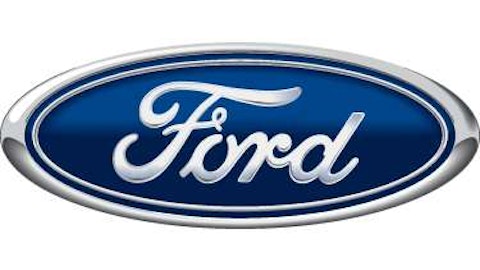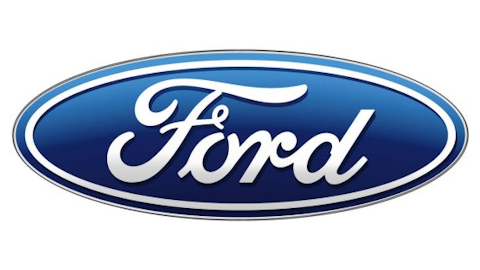
The Wall Street Journal reported that Sears Holdings Corp (NASDAQ:SHLD) is now selling Rolex watches, Chanel handbags, and other luxury items on its website. The items are sold in Sears Holdings Corp (NASDAQ:SHLD)’s marketplace section that features third party dealers. Sears CEO Edward Lampert says that the focus on luxury items is part of his company’s plan to overhaul its image and become more “hip.”
Here’s why I think Sears Holdings Corp (NASDAQ:SHLD) is making the wrong move, and what the firm should do instead.
History says no
Rich people don’t shop at Sears Holdings Corp (NASDAQ:SHLD). Not that Sears doesn’t carry quality products, but it’s an image thing. Wealthy consumers prefer to shop at stores with a certain high-end reputation. Sears historically catered to the working middle-class, and changing that 120 year-old image will be almost impossible. Other companies have tried, and found that Americans are extremely brand conscious.
Take Volkswagen for example. The company marketed itself in the 60s and 70s as a cheap, hip German auto-maker (think Beetle). Over the years, VW further cemented itself as a middle-end vehicle, known for being a reliable, affordable car. Then, in 2004, VW released the Phaeton onto the US luxury sedan market. The Phaeton was praised by experts, and though it was meant to compete with the likes of BMW and Mercedes-Benz, the Phaeton was compared by some to a Bentley. In addition, the Phaeton was priced at $64,000 much less than competitors’ similar luxury sedans.
By now, you probably guessed that the Phaeton failed miserably. In fact, VW only managed to sell 2,253 Phaetons in the US from 2004-2005. Compare that to BMW’s 6-Series US sales of 18,132 during the same period. Phaeton sales were so dismal that VW pulled the Phaeton out of the US completely in 2006.
The car was a brilliant feat of engineering, but it couldn’t overcome VW’s brand. The Phaeton didn’t sell because consumers didn’t even consider VW when buying a luxury car. Marketing is about perception, NOT products, and VW wasn’t perceived by consumers as a luxury brand.
It’s in the name
So where does that leave Sears? If the company really wants to peddle luxury items, it needs to take a page out of other successful companies’ playbooks: create a new brand.
Let’s look at Japanese auto-maker Toyota Motor Corporation (ADR) (NYSE:TM) as an example of how to successfully market luxury products. Toyota Motor Corporation (ADR) (NYSE:TM) understood that it couldn’t change how consumers viewed its brand, so the firm simply created a new brand: Lexus. Lexus is one of the most successful luxury brands today with a 15% share of the US market. Last year, 244,000 Lexus vehicles were sold in the US, placing Lexus behind only Mercedez-Benz and BMW in the luxury market.

If Sears wants to sell high-end products, the company should create a new brand to complement its low (Kmart) and middle (Sears) end brands. I’m sure the folks in Sears’ marketing department could come up with a catchy name that spells “luxury” to consumers better than “Sears” does.
Bottom line
Yes, Sears is struggling. In Q1 2013, the firm posted a loss of $279 million, down from a profit of $189 million the year before. The company needs a push to get it back on its feet. But if Sears continues to pursue this radical image overhaul, the company is wasting its time. Until Sears wakes up and redirects focus back to its struggling core, the retailer is a sell.
I wouldn’t buy a Rolex from Sears, and my guess is that neither would you.
The article This Retailer Is Making the Wrong Call originally appeared on Fool.com and is written by Marie Palumbo.
This article was written by Randy Holcombe. Randy has no position in any stocks mentioned. The Motley Fool has no position in any of the stocks mentioned. Marie is a member of The Motley Fool Blog Network — entries represent the personal opinion of the blogger and are not formally edited.
Copyright © 1995 – 2013 The Motley Fool, LLC. All rights reserved. The Motley Fool has a disclosure policy.





